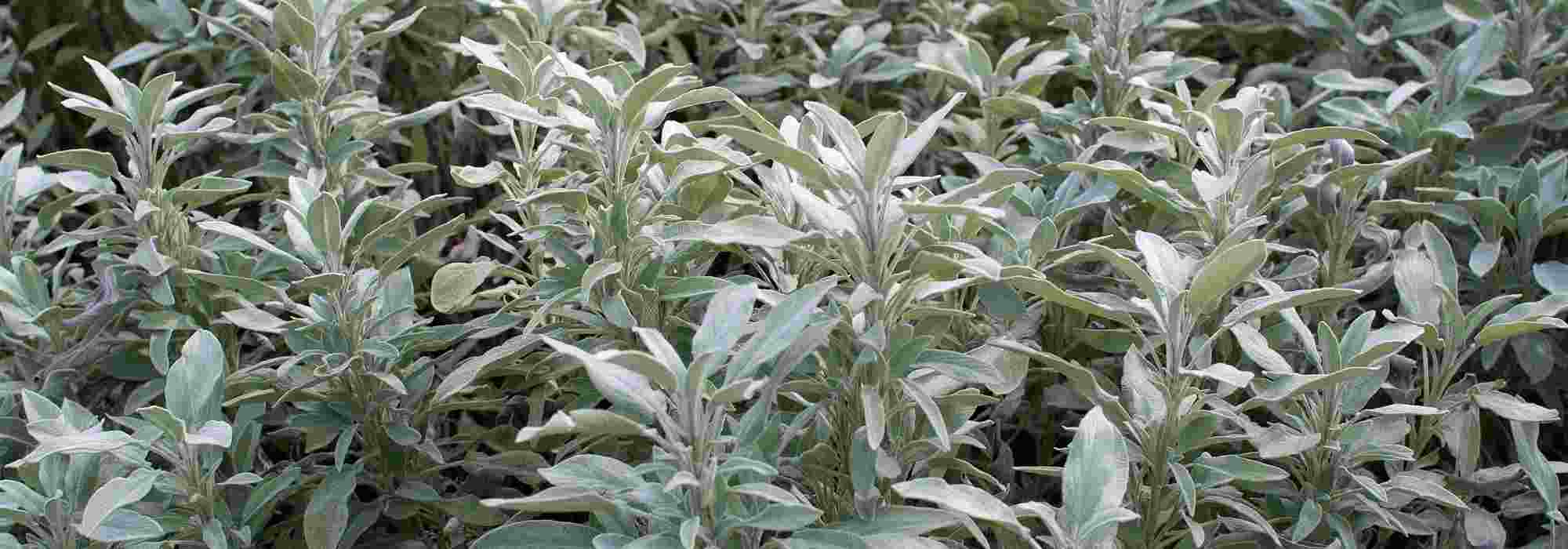
Common Sage: A Plant to Grow for Its Health Benefits
Growing Tips for Sage, a Perennial Known for Its Medicinal Properties
Contents
The common sage (Salvia officinalis) is an aromatic and medicinal plant renowned since antiquity. In fact, the name “sage” derives from the Latin term “salvus” meaning “good health”, itself originating from “salvare” meaning “to save”. Other names for sage, such as “wound herb” or “sacred herb”, attest to its virtues. Suffice to say that sage has long held a central place in traditional pharmacopoeias. Cultivated in gardens for its culinary and therapeutic qualities, as well as its ornamental appeal, common sage is enjoying renewed interest thanks to scientific research confirming some of its medicinal properties.
Discover all the benefits of common sage, an undershrub with aromatic foliage in our gardens, from its botanical presentation to its active compounds, including its health benefits and any potential contraindications.
Introduction to common sage, an aromatic perennial plant
Common sage is a perennial plant from the Lamiaceae family, cousin to thyme, native to the Mediterranean basin. It forms an undershrub 60 to 80 cm tall, with quadrangular stems and evergreen, ovate and lanceolate leaves of a grey-green colour, downy and rough to the touch. This foliage is highly aromatic and wonderfully flavours many cooked dishes based on fish or poultry, as well as sauces.
Its flowers, surrounded by bracts, typically blue-violet, appear in terminal spikes in spring or early summer. This flowering gives rise to fruits that take the form of tetraachenes hidden within persistent calyces.
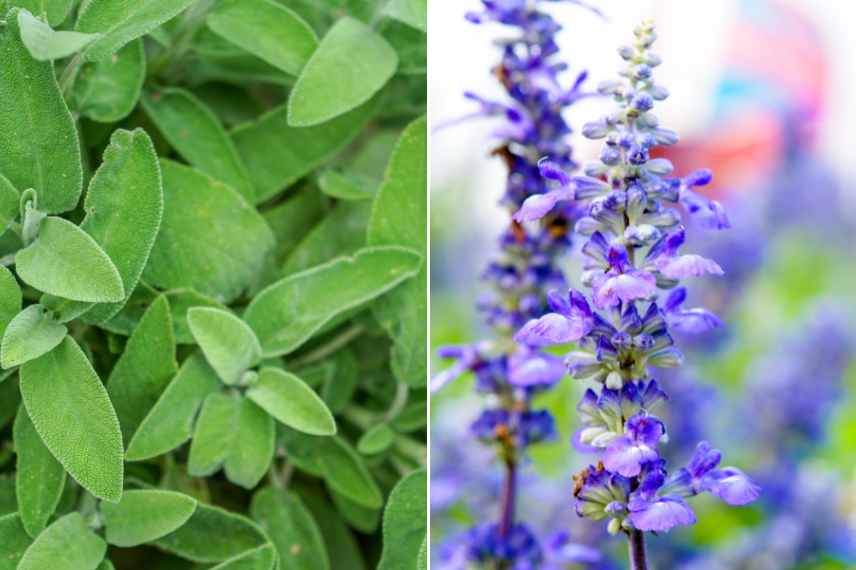
Foliage and flowers of common sage
Easy to grow, common sage thrives in sunny positions and well-drained, light and dry soils, even slightly chalky ones. It dislikes waterlogged conditions, especially in winter. A sheltered spot protected from cold winds will encourage good establishment and abundant flowering. Once well-established in open ground, it can be very drought-resistant. It’s best planted in spring or early autumn. A light pruning after flowering helps to densify the clump and prolong its lifespan. However, sage ages relatively quickly: it’s advisable to renew plants every four to five years, either by summer propagation by cuttings or by sowing for non-hybrid varieties. It thrives equally well in herb gardens, rockeries or borders, among other perennials.
It’s also an easy plant to grow in pots on a balcony or terrace.
The active compounds and methods of using common sage
There’s a saying that goes: “He who has sage in his garden needs no doctor.” While this proverb shouldn’t be taken literally, it does show how sage is recognised as a plant with medicinal virtues. Indeed, it’s a plant that contains a variety of active compounds:
- Thujone, camphor and cineole, essential oils with antiseptic and stimulating properties
- Flavonoids like luteolin and apigenin with antioxidant effects
- Phenolic acids, including rosmarinic acid with anti-inflammatory properties
- Diterpenes and triterpenes (rosmanol, ursolic acid), rich in antimicrobial and antioxidant effects.
For medicinal use, the leaves of sage are used, either fresh or dried. Traditionally, the leaves are harvested at dawn on St John’s Day, that is 24th June, but if you don’t have time that day, the harvest period extends from late spring to mid-summer, before flowering, and in autumn. Olivier explains how to dry and preserve common sage.
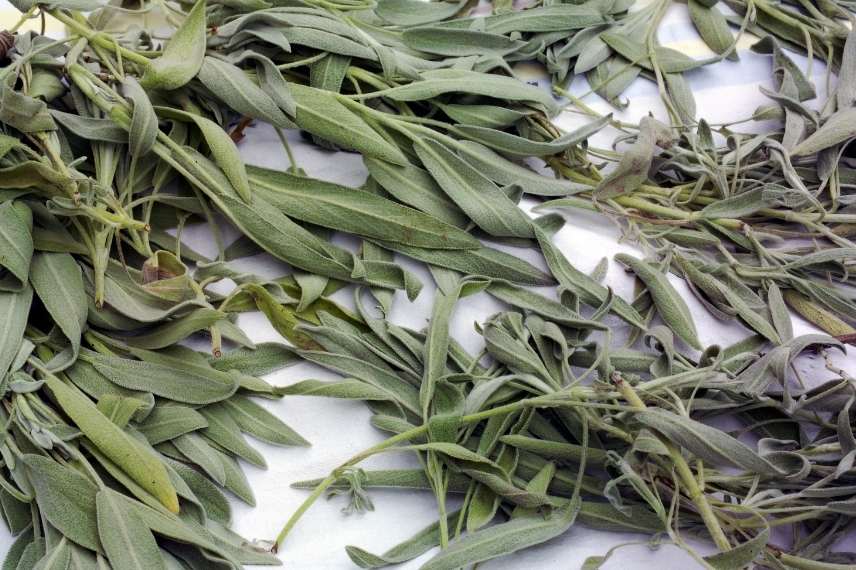
Common sage leaves during drying
Then, these leaves, fresh or dried, can be used in different ways:
-
As an infusion: use 1 to 3 g (one teaspoon) of dried leaves per 150 ml cup of boiling water, or 3 to 6 fresh leaves. Steep for 5 to 10 minutes with a lid. This infusion can be consumed up to two or three times a day, but never for more than two to three consecutive weeks.
-
As a concentrated infusion gargle, ideal for soothing sore throats and mouth inflammations. Use one tablespoon of dried sage leaves steeped for 10 minutes in a 100 ml cup of boiling water.
What are the health benefits of sage?
Before discussing the therapeutic properties of common sage, it may be wise to remind that medicinal plants never replace a medical diagnosis or drug treatment. The advice of a specialist or healthcare professional is always recommended before any use of common sage. The use of common sage should always be limited to a short duration and not prolonged. The active compound thujone can indeed become toxic in high doses or with prolonged consumption.
That said, common sage, which was among the plants recommended in monastic gardens, has long been used to treat various ailments, from digestive disorders to oral conditions.
Digestive Properties
Sage is traditionally used to aid digestion. Its active compounds stimulate bile and gastric secretion, thus helping to relieve digestive disorders such as bloating, nausea, flatulence, and slow digestion.
Sage is therefore used to treat minor digestive issues like heartburn and stomach cramps thanks to flavonoids and essential oils such as thujone.
It is also believed to have a cholagogue and choleretic action, meaning it stimulates the elimination of bile into the intestine. It is thus recommended after a heavy meal.
Effects on the Otorhinolaryngological (ENT) Sphere
Thanks to its reputed antiseptic and anti-inflammatory properties, sage is said to be effective as a gargle for treating inflammations of the mouth, larynx, gums, and throat. It is also used to relieve mouth ulcers and sore throats. In short, common sage is believed to act on all oral inflammations in general.
It may thus help relieve sore throats due to its astringent properties on the respiratory tract. 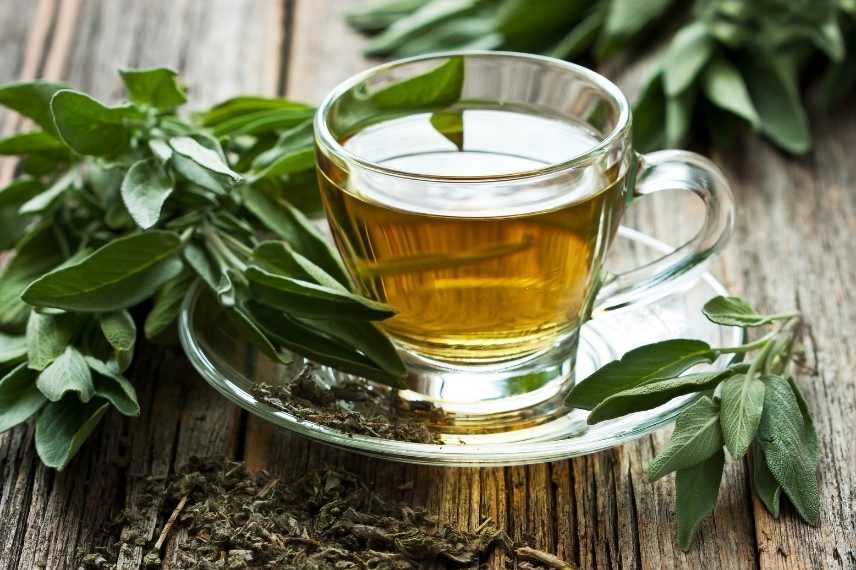
Hormonal Support
Common sage is believed to have a tonic effect on the uterus. Overall, common sage influences all hormonal issues, related to perimenopause and menopause (night sweats, excessive perspiration, hot flashes…), and can be useful for regulating the menstrual cycle. After childbirth, it helps regulate the hormonal cycle and stop milk production in case of weaning or absence of lactation.
However, it is not recommended for pregnant women, as its uterotonic effect may potentially cause premature contractions or complications.
A General Tonic Effect
Sage is traditionally recognised for its general stimulating properties, particularly on the nervous system and a fatigued body. Thanks to compounds like camphor and certain flavonoids, it acts as a natural tonic, capable of restoring energy and vitality in cases of physical or mental fatigue. It is often recommended during periods of convalescence or overwork, where it helps restore balance.
Read also
Sages: which varieties to choose?What precautions should be taken with common sage?
Common sage may be contraindicated in certain cases. This is why it is essential to consult a healthcare professional before any therapeutic use of common sage.
- Pregnancy and breastfeeding: sage is contraindicated due to its oestrogenic effects and the presence of thujone
- Epilepsy: thujone may lower the epileptogenic threshold, increasing the risk of seizures
- Hormone-dependent conditions: due to its oestrogenic effects, sage is not recommended for people with hormone-dependent cancers (breast, uterus, ovary) or conditions such as fibroids, ovarian cysts, endometriosis, hyperthyroidism…
- Sage is not recommended for children under 15 years old.
Did you know?
Common sage has traversed the centuries, leaving in its wake a host of remarkable beliefs and uses. The Romans held it in such high esteem that it was harvested according to a sacred ritual—without iron tools, barefoot, clad in white tunics, and only after making a sacrifice. This solemnity spoke volumes about the medicinal value already attributed to it.
In the Middle Ages, sage held a prominent place in monastery gardens. Charlemagne recommended its cultivation in the Capitulare De Villis, a foundational document of medieval agronomy. Monks prepared it as herbal infusions to “prolong life and fortify the spirit.” There was even a saying: “Why should a man die when sage grows in his garden?”—a proverb that perfectly captures the plant’s therapeutic aura.
In traditional Chinese medicine, European merchants once traded sage for tea, sometimes at a rate of three chests of tea for one chest of sage. This unequal exchange reflects the Chinese reverence for its medicinal properties.
Another curious tale: during plague outbreaks, so-called “Four Thieves Vinegar” was prepared with sage, rosemary, thyme, and lavender. These blends were believed to ward off miasmas. Thieves who looted plague-stricken homes used this vinegar to protect themselves—hence the name.
- Subscribe!
- Contents
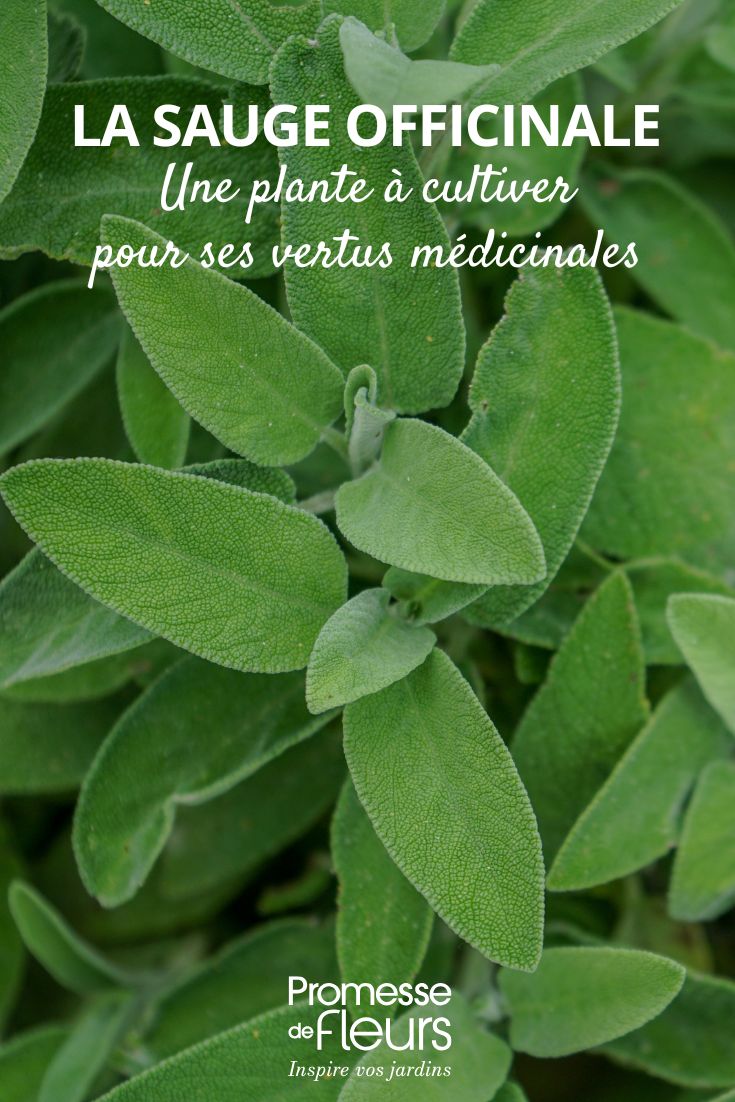































Comments